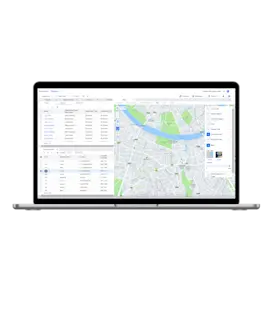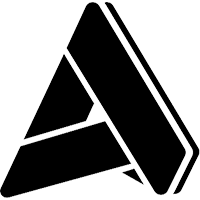Is the Process for Selecting Routing Software Backward?
Is the Process for Selecting Routing Software Backward?
Is the Process for Selecting Routing Software Backward?
4 Nov 2020
Aptean Staff Writer
Some things are often difficult to assess without first-hand experience. Routing software can certainly fall in this category.
Actual demonstrations provide a much better sense of just how well the technology can manage particular routing processes. But the typical cadence for selecting routing software delays the demo until the later stages of selection. Solutions that may be the best fit for a distribution business, operationally, can be ruled out before the logistics and transportation team has an opportunity to fully evaluate them.
RFPs don’t uncover all real-world capabilities
It tends to be mid-sized and larger organizations that take this more traditional approach to choosing routing software. The first phase, often driven by the purchasing function, uses written responses to higher-level questions to narrow the field of providers. These questions often lack context and don’t reflect how routes actually need to be built or don’t include specific questions that are critical for the routing engine to consider.
An RFP may ask, for instance, if software can measure trailer capacity or if the software can account for time windows. But that’s different than understanding how the software factors in capacity limits and time windows and the driver’s Hours of Service limits to plan compliant routes that meet customer delivery requirements, all while optimizing truck routes to minimize time and miles.
There’s a difference between what routing software can do and how it does it.
Let’s say you need to create a route that delivers food to a mall on the same truck and in a certain delivery sequence. Only a routing tool that allows you to create operationally specific rules on the fly can handle such a requirement.
Two software providers can both answer YES to this capability in an RFP response, but one may do it in six steps with a workaround while the other can do it in two. That’s a very significant difference to the people who will actually use the software. An early-stage demo will uncover this critical difference while an RFP won’t.
Advancing poor-fit candidates to the final stages of a routing software selection process – where the demos typically happen – creates frustration and inefficiency, particularly among members of the transportation team. Fleet manager comments reinforced that frustration in our own research on why and how businesses select routing software.
“We saw demos from three finalists. We gave each our data and watched as they did things we asked them to do in real time,” said a logistics manager at an industrial equipment manufacturer. “Two of the three failed miserably even though their resumes looked good coming in.”
“The demo illustrated the real differences with the solution we eventually chose,” said the logistics lead at a food distributor. “Two other finalists had the integrated tracking we were looking for, but the demo made it clear that they were not as strong on the routing as they claimed to be.”
Selecting routing software: lead with the demo
No business has time to do a deep dive on 15 providers when selecting routing software. It makes sense to create an efficient process that yields a short list of final candidates but the process may be backward. You should begin with the demo instead of ending with it.
This approach will require some pre-demo research by the transportation team. That changes the process a bit since the procurement team typically does the heavy lifting early in the process. It shouldn’t be difficult to select the routing software solutions that align best with your needs based on what your transportation team can learn online and in talking to colleagues in your industry. The alternative – sending an RFP to 15 providers, qualified or unqualified – seems like a huge, unnecessary time suck for you and the providers. Software demonstrations also take time but today’s superb online meet-up tools make virtual demos fast and easy.
Apply this demo-first selection process to buying a car. You’re obviously not going to drive every single model out there, but it wouldn’t be hard to select the cars you could see yourself owning and take each for a quick spin before doing detailed comparisons.
Here is how this demo-first approach to routing software selection creates more value than the standard, RFP-based process:
Identifies inadequate solutions early
Prevents best-fit solutions from being dropped from consideration based solely on written responses
Prompts different and smarter questions – when you actually see software in action, it leads to more detailed questions that uncover deeper functionality
Clearly demonstrates how the software would manage processes that might be unique and critical to your business, like the mall rule mentioned earlier
Allows you to include representatives from other departments with specific needs, like customer service representatives who wish to reduce the number of where’s-my-truck calls
Identifies the solutions that best support your company’s executive priorities, such as reducing costs or improving resource utilization
Transportation planners have limited say during the early stages of vetting potential partners when you have a routing software selection process initiated by the purchasing function. This traditional approach is flawed for precisely that reason. It’s appropriate for the people who will actually use the software to push for product demos earlier in the selection process. This allows them to determine a short list of vendors to exclude, versus include, during the RFP process.
After all, even though others are evaluating the potential cures, in the end it’s the transportation team that needs to swallow the pill.
For more information about how you can reduce fleet operating costs 10-30% through improved truck routing, contact a routing expert from Aptean today.
Prêt à transformer votre entreprise ?
Nous avons les solutions TMS spécialisées dont vous avez besoin pour relever les défis de votre secteur.



